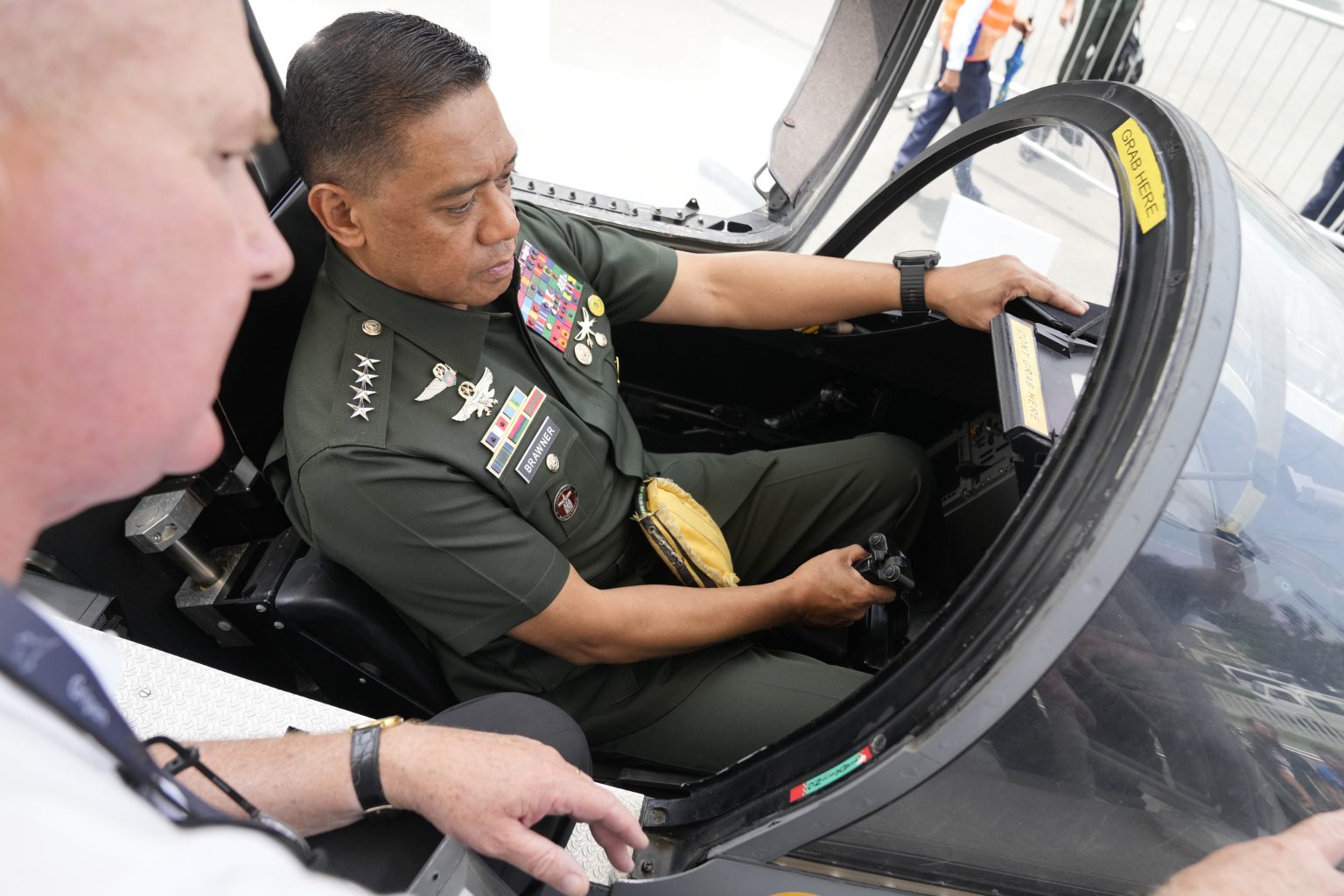The Philippine military chief, Gen. Romeo Brawner Jr., expressed his desire for the U.S. Typhon missile system to remain in the country permanently. He requested U.S. military officials to keep the missile system within Philippine territory, emphasizing the importance of the system for their defense. China has been vocal about their concerns regarding the deployment of the missile system, warning that it could lead to regional destabilization. Brawner’s comments reflect the Philippine government’s intention to maintain a strong defense capability with support from the U.S.
Two Philippine officials revealed that the U.S. midrange missile system stationed in the northern Philippines will remain indefinitely to enhance deterrence capabilities. The officials, speaking anonymously to the Associated Press, stated that the deployment was part of joint combat exercises with local forces and aimed to assess the system’s efficiency when carried onboard an Air Force aircraft. The Typhon missile system can launch Standard Missile-6 and Tomahawk Land Attack Missiles with a range of over 1,000 miles, positioning China within its target range. Plans are being considered to extend the system’s presence in the Philippines until at least April of the following year, coinciding with annual joint exercises between U.S. and Philippine forces.
Philippine Defense Secretary, Gilberto Teodoro Jr., declined to confirm or deny the extension of the missile system’s stay in the country. Teodoro accused China of interfering in Philippine affairs and criticized their alarm over the missile system as an attempt to impede their defensive capabilities. He called on China to demonstrate leadership by dismantling their nuclear arsenal, eliminating ballistic missile capabilities, and withdrawing from contentious areas like the West Philippines Sea and Mischief Reef. Teodoro’s remarks reflect the Philippine government’s stance on strengthening defense capabilities amid increasing tensions with China over the missile system deployment.
China criticized the U.S. for undermining peace and stability in the region following the announcement of plans to deploy the midrange missile capability in the Asia-Pacific. Speculation arose about the possible deployment of the missile system in Japan after photos of a meeting between U.S. and Japanese military personnel surfaced. Army Secretary Christine Wormuth expressed interest in having the Multi-Domain Task Force hosting the Typhon missile operate out of Japan, contingent on the Japanese government’s consent. Chinese foreign ministry spokesperson Lin Jian warned that the U.S.’s military build-up in the Asia-Pacific could provoke an arms race, escalating regional tensions.
The U.S. government’s focus on expanding military presence in the Asia-Pacific region has triggered backlash from China and raised concerns about heightened military competition. The deployment of the Typhon missile system in the Philippines and potential deployment in other parts of Asia has sparked diplomatic tensions and prompted accusations of destabilizing actions. The ongoing discourse between the U.S., China, and regional allies underscores the complex dynamics of military strategy, deterrence, and power projection in the Asia-Pacific region. Countries in the region must navigate these challenges with caution and strategic foresight to prevent escalation and maintain regional stability in the face of geopolitical tensions.








